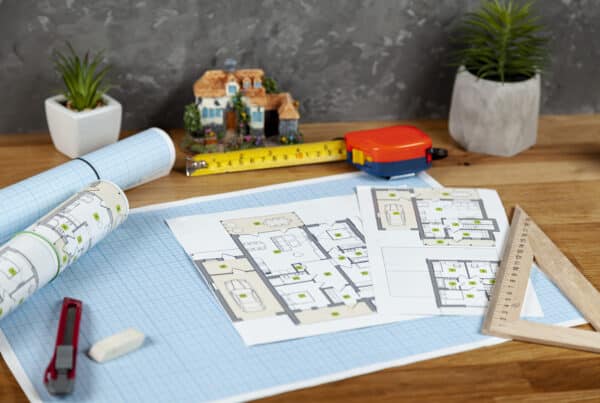In the realm of retail, where brick-and-mortar stores have long reigned supreme, a new contender has emerged – the virtual showroom. As technology continues to evolve, so too does the landscape of consumer engagement and purchasing behavior. Enter the virtual showroom, a digital space that offers a novel and immersive shopping experience unlike anything seen before.
Understanding the Virtual Showroom Concept
At its core, a virtual showroom is a digital platform that replicates the physical showroom experience in an online environment. It allows consumers to browse, interact with, and even purchase products or services virtually, all from the comfort of their own devices. Utilizing cutting-edge technologies such as augmented reality (AR) and virtual reality (VR), virtual showrooms aim to bridge the gap between online and offline shopping, offering a seamless and engaging experience for consumers.
Immersive Shopping Experience
One of the key features of a virtual showroom is its ability to provide an immersive shopping experience. Through the use of VR technology, consumers can explore virtual environments that mimic real-world retail spaces. They can walk through aisles, examine products up close, and even interact with virtual sales representatives. This immersive experience not only enhances the overall shopping experience but also helps consumers make more informed purchasing decisions.
Personalization and Customization
Virtual showrooms also excel in personalization and customization, allowing retailers to tailor the shopping experience to each individual consumer. By analyzing data such as browsing history, purchase behavior, and preferences, virtual showrooms can recommend products that are relevant to each customer’s unique tastes and preferences. This level of personalization not only increases customer satisfaction but also drives sales and customer loyalty.
Overcoming Physical Limitations
Another advantage of virtual showrooms is their ability to overcome physical limitations. Traditional brick-and-mortar stores are bound by constraints such as location, size, and inventory.
Virtual showrooms, on the other hand, can transcend these limitations, offering an extensive range of products without the need for physical space. This allows retailers to reach a wider audience and offer a more diverse selection of products than ever before.
Cost-Effectiveness and Sustainability
From a retailer’s perspective, virtual showrooms offer significant cost-effectiveness and sustainability benefits. By eliminating the need for physical storefronts, retailers can save on expenses such as rent, utilities, and maintenance.
Additionally, virtual showrooms reduce the environmental impact associated with traditional retail operations, such as energy consumption and waste production. This aligns with the growing consumer demand for eco-friendly and sustainable shopping practices.
Future Implications and Trends
As technology continues to advance, the future of virtual showrooms looks promising. Innovations such as haptic feedback technology, which simulates the sense of touch in virtual environments, promise to further enhance the immersive shopping experience. Additionally, advancements in artificial intelligence (AI) and machine learning will enable virtual showrooms to provide even more personalized recommendations and assistance to consumers.
Conclusion
In conclusion, the rise of virtual showrooms represents a significant shift in the retail landscape. By leveraging technology to create immersive, personalized, and sustainable shopping experiences, virtual showrooms are revolutionizing the way we shop. As consumers continue to embrace digital solutions, virtual showrooms are poised to become an integral part of the retail experience, offering endless possibilities for both retailers and consumers alike.
Transform your product display with an innovative virtual showroom.
Engage customers with immersive, interactive experiences that highlight your offerings in a whole new way. Contact us today to discover how our cutting-edge solutions can elevate your showroom. Reach out now and start captivating your audience with a virtual showroom!


